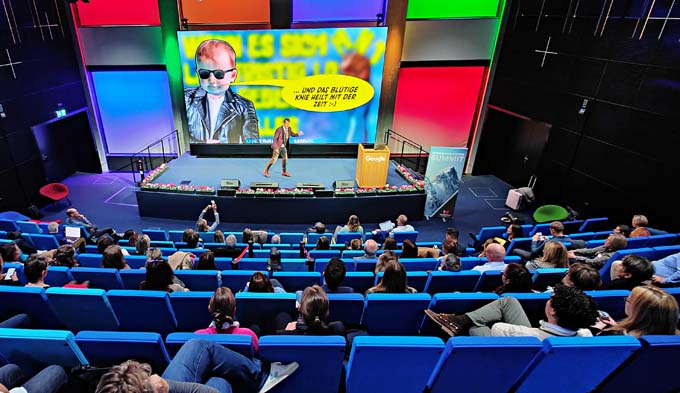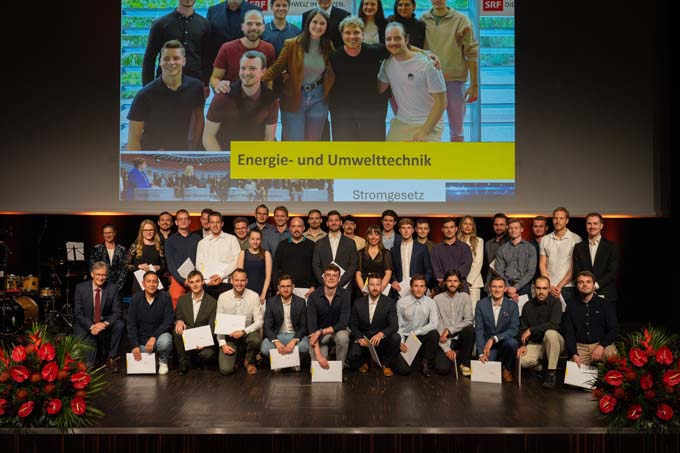How will 5G-enabled IoT support the future of healthcare?
The 5G mobile standards are expected to deliver a number of enhanced capabilities, particularly in the Internet of Things (IoT). This guest article discusses how the new 5G standards will also improve the quality of life and quality of care in this important ecosystem.

Advances in remote health monitoring based on the Internet of Things (IoT) are transforming healthcare for individuals, caregivers and physicians. This transformation is enabled by new 5G mobile standards that enable improved functionality and usability of wearable technologies for checking vital signs, medications or responses to drug trials, and fall detection.
It is expected that the new standards will have a 10 - 100 times Enable increase in data rates, support 10 to 100 times more connected devices, and result in 5 to 10 times reduction in latency compared to our current standard. Communications service providers (CSPs) will be in tune with advances in the Healthcare through service offerings that support multiple parties: Caregivers, patients and physicians.
What are the benefits of IoT for nurses?
With the rise of the older generation, a "caregiver crisis" has emerged as members of the sandwich generation struggle to care for their parents and children at the same time. CSPs can help ease this struggle by powering smart devices that allow caregivers to closely monitor various health metrics. Whether it's heart rate monitors, blood oxygen sensors, drug reaction detection devices, cancer treatment monitoring devices, or fall detection devices, 5G-enabled enhanced mobile broadband (eMBB) and ultra-reliable low-latency communications (URLLC) work together to collect large amounts of data in real time. The 5G-enabled IoT also provides the ability to see historical trends in the data and receive notifications when a health event of concern occurs.
So how exactly does this help caregivers? Since they can't be in all places at once, a caregiver can work with a healthcare practice to select a networked device that digitally monitors an aging parent's vital signs, and then work with their service provider to enable connectivity. CSPs are beginning to partner with companies that specialize in IoT-based health monitoring to provide the service needed to ensure these devices are minimally invasive, safe and easy to deploy.
What are the benefits of IoT for the patient?
Medical devices - whether it's an insulin pump or a heart rate monitor - can send information directly to healthcare providers over a private, provisioned and secure network, eliminating the patient's exposure to data analytics and ensuring speed and quality of service. Another benefit to the patient is security and peace of mind that their health status can be proactively managed and personalized through advances in AI and the IoT. The technology takes into account real-time data about the patient's activity, environment, and health statistics, and then uses predictive models to notify them when they appear to be at risk for various diseases.
What are the benefits of the IoT for physicians?
Much like a caregiver, a physician can't be in two places at once. As medical IoT devices become more powerful and connected, dashboards, on-demand data, and frequently asked questions help physicians and other healthcare providers reduce the flood of questions from patients and caregivers. For CSPs working with healthcare organizations, there is an opportunity for stronger, digitized interactions between patients and their healthcare partners. By providing a tailored customer experience and eliminating some of the additional challenges of post-visit communication, healthcare professionals can provide high-quality, undivided service to the patients they treat.
In addition, specialists such as oncologists, cardiologists, and orthopedic surgeons receive the latest information about their patients' diagnosis and treatment, and can personalize treatment plans based on real-time data from patient devices through AI- and ML-driven improvements. This includes monitoring drug side effects and predicting outcomes.
The beginning of the 5G future
Oracle's recent acquisition of Cerner will enable us to create more accessible, safer, efficient and effective care for patients and caregivers. Through unified connectivity, we will collect near real-time data from hospitals and lab diagnostic devices connected to the IoT network and aggregate it into a single source of truth. AI and machine learning will provide actionable information and contextual insights that - when integrated back into the clinical workflows of the electronic health record - can increase accuracy, improve outcomes and reduce costs.
There are many ways that patients, doctors and caregivers can get even more out of wearables and IoT-enabled devices, especially with the reliability of a 5G connection. IoT connectivity technology evolves the network, applications and cloud infrastructure to maximize business impact by optimizing network capacity and delivering high-quality IoT throughput. 5G increases the reliability of IoT devices in healthcare environments, such as areas that experience power outages or natural disasters, or remote or rural areas that struggle with a slow network.
In addition to the benefits to caregivers, patients and physicians, another important relationship driving the progress of 5G is Oracle's partnership with CSPs. Oracle solutions enable CSPs to work with healthcare organizations to support these offerings, advise purchasers on the selection of services that are tailored and optimized to their needs, and manage the IT and communications network resources required to deliver the services.
Author:
Andrew Morawski is executive vice president and general manager of Oracle Communications. As head of Oracle's global business unit for the telecommunications industry, Morawski is responsible for sales, strategic planning, product development, service and support for Oracle's communications products.









